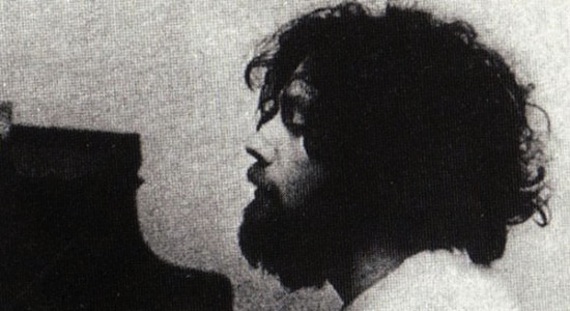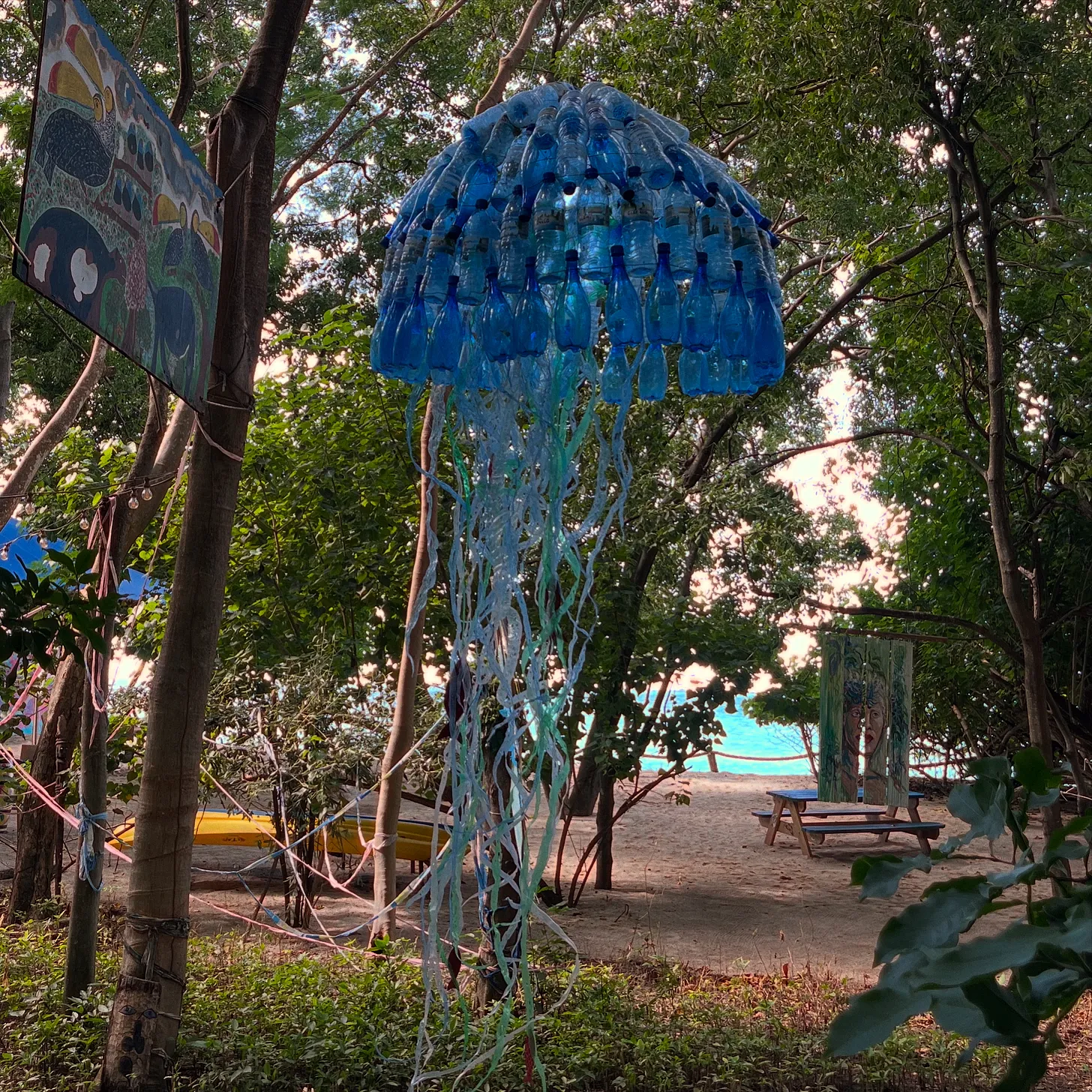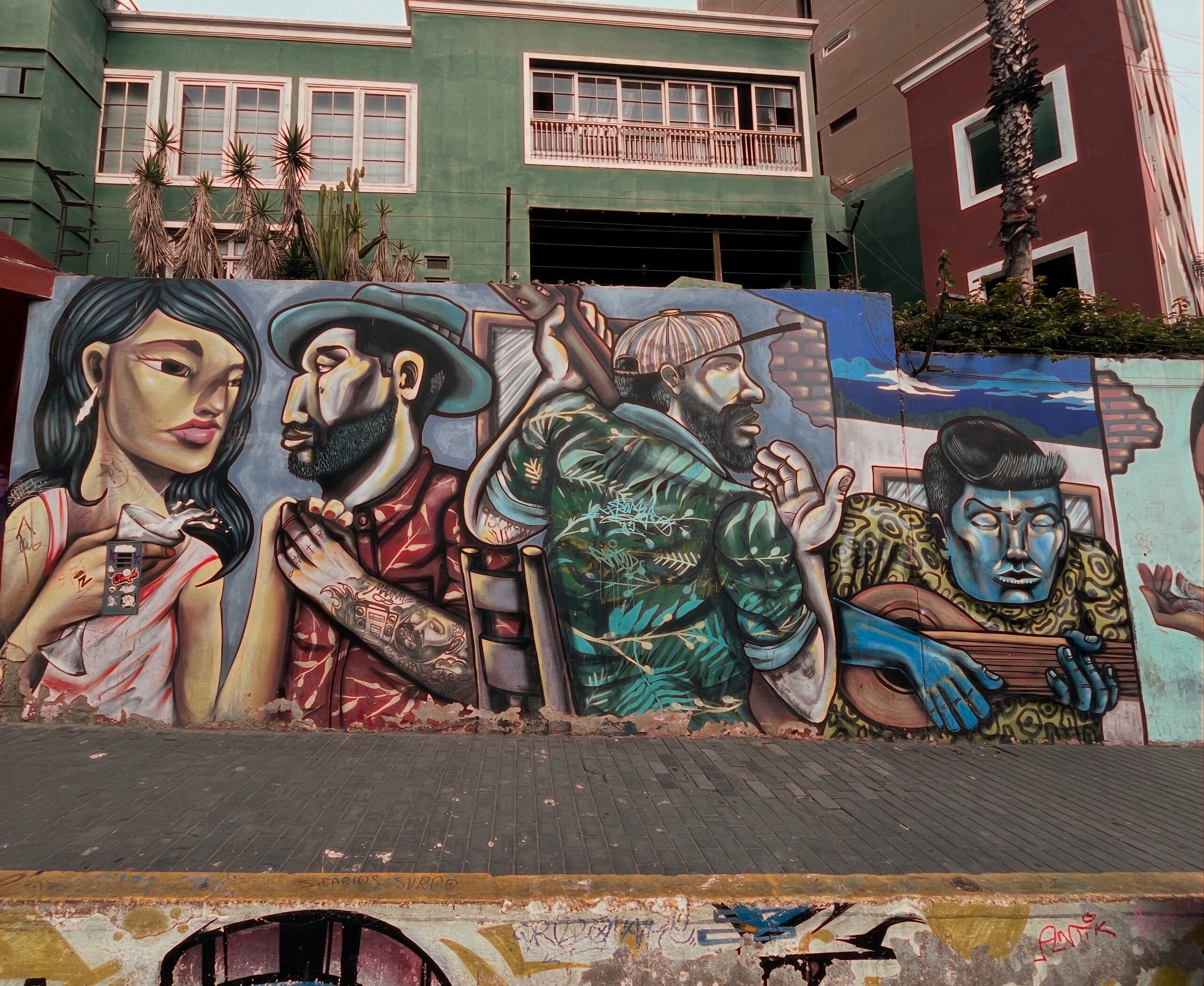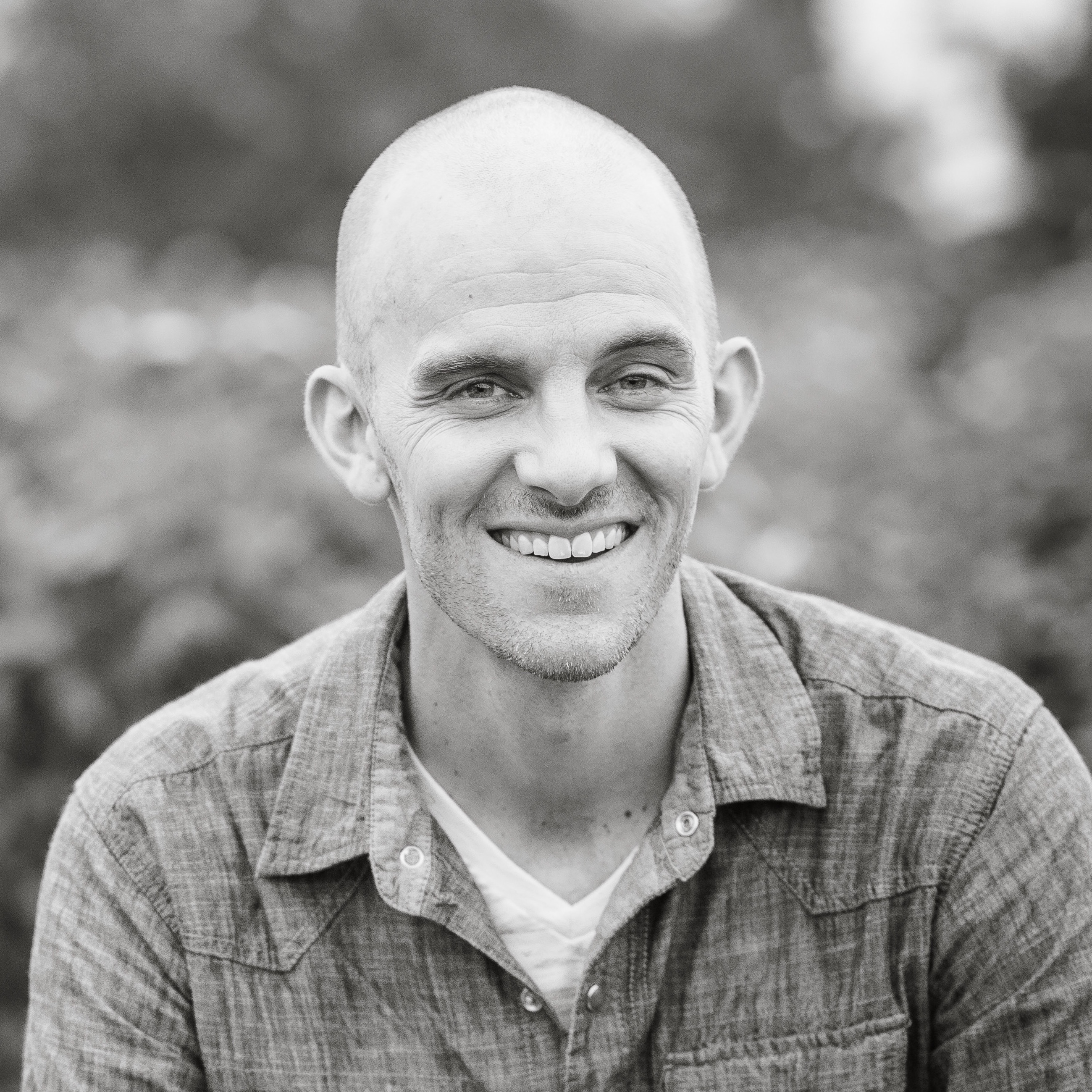In yesterday’s newsletter, I wrote about hope in the corners. I opened it with a quote from Rebecca Solnit’s Hope in the Dark:
Hope locates itself in the premises that we don’t know what will happen and that in the spaciousness of uncertainty is room to act. … Hope is an embrace of the unknown and the unknowable, an alternative to the certainty of both optimism and pessimism.
There’s a middle ground, according to Solnit, that exists between being too positive or too negative. It’s the room where hope resides. Maybe we can find other things in that room too.
The cult British singer-songwriter Bill Fay died this past week at 81. I was only vaguely familiar with his work from Jeff Tweedy having routinely covered his song “Be Not So Fearful” (also featured in this scene of the excellent I Am Trying to Break Your Heart documentary).
I’m thankful that side of my life has continued for all my life—finding songs in the corner of the room.
For much of his life, Fay’s music lived on the periphery. His recording career started in the early ‘70s and abruptly ended only a few years afterward. Later, his career would have a resurgence of sorts after being rediscovered my musicians like Tweedy, among others.
Fay’s comment about “finding songs in the corner of the room” circles us back to something else Solnit writes of hope:
How the transformation happens … recalls that power comes from the shadows and the margins, that our hope is in the dark around the edges, not the limelight of center stage. Our hope and often our power.
Bill Fay didn’t occupy the limelight and our hope doesn’t have to either. This doesn’t make it any less transformational or less powerful. In fact, it does just the opposite.
Rest in peace, Bill Fay. You can read the whole newsletter here.



